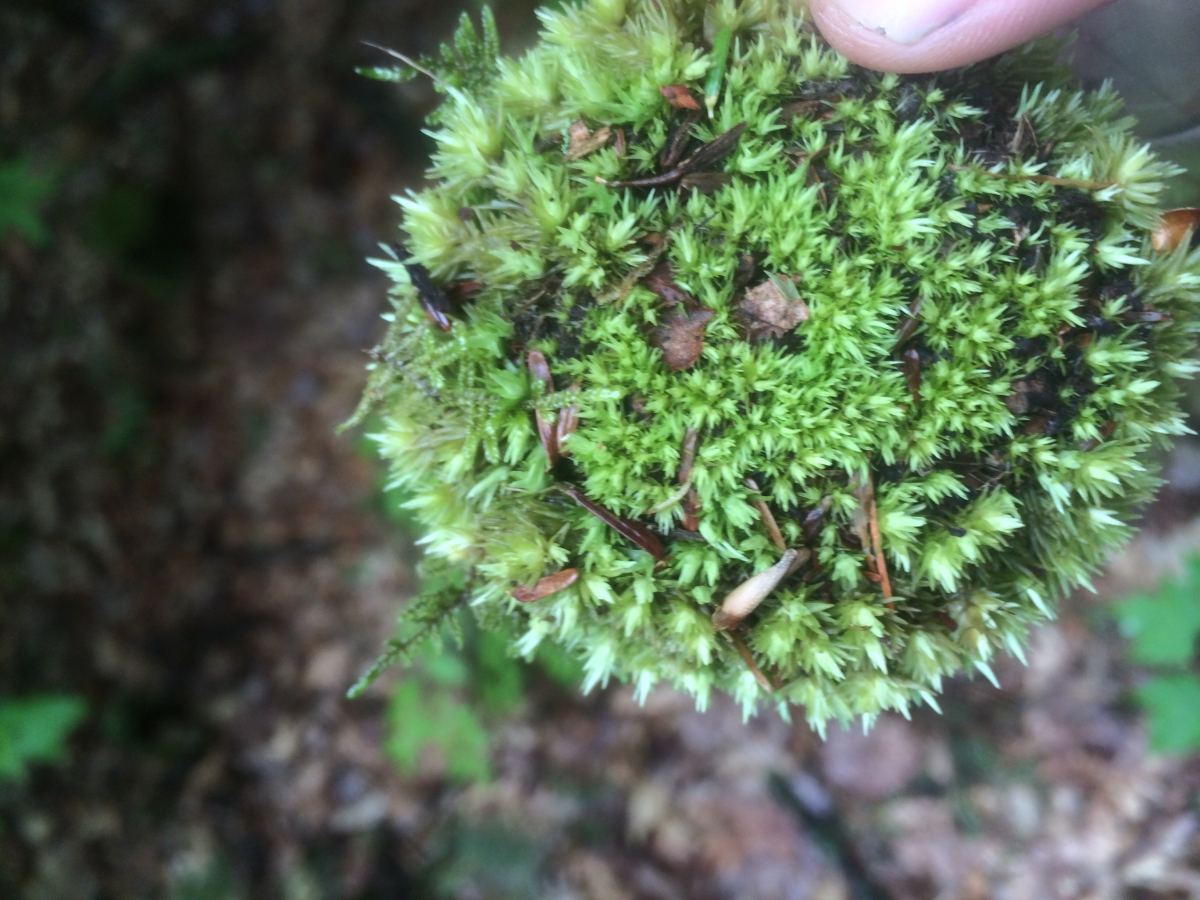You are here
Small mammal summer
My mentor Allyson Degrassi and I use mark and recapture methods to study small mammal populations and community dynamics in relation to hemlock decline. Degrassi is an ecologist and mammalogist who is training me in a variety of techniques that I plan to apply in future veterinary medicine work. Not only does she train and advise me on my future, she gives me new excitement for day-to-day work. When we hike through the forest at 4am (a great time to hike— I recommend it) towards our research sites, we talk about her dogs, mushrooms we spot, our favorite songs, and studies on sharks and hormones. These hikes fill me with gratitude for the mentorship I have here. Degrassi is one of the best teachers I have had.
Part of the summer program is also being one's own teacher by conducting an independent project. My personal research project builds off of Degrassi's study and examines how hemlock decline impacts mouse and vole movement. As hemlock forests die due to hemlock woolly adelgid, how will rodent ranging behavior change? My project uses R, which is taught at workshops here, and the statistical approaches and methods I am learning from Degrassi and my group mentor, Aaron Ellison. I am just beginning the exciting work of unpacking my findings.
In my down time, I bike to nearby farms to visit baby goats, a miniature horse princess, and a contemplative miniature donkey.

![[Deer mouse in the hardwood valley site]](/sites/default/files/reu/IMG_2.jpg)
![[Mushrooms in the hardwood valley site]](/sites/default/files/reu/IMG_2b.jpg)
![[A map showing the location of traps at which individual small mammals were captured]](/sites/default/files/reu/mapgr.jpeg)
![[Contemplative miniature donkey]](/sites/default/files/reu/IMG_4.jpg)


